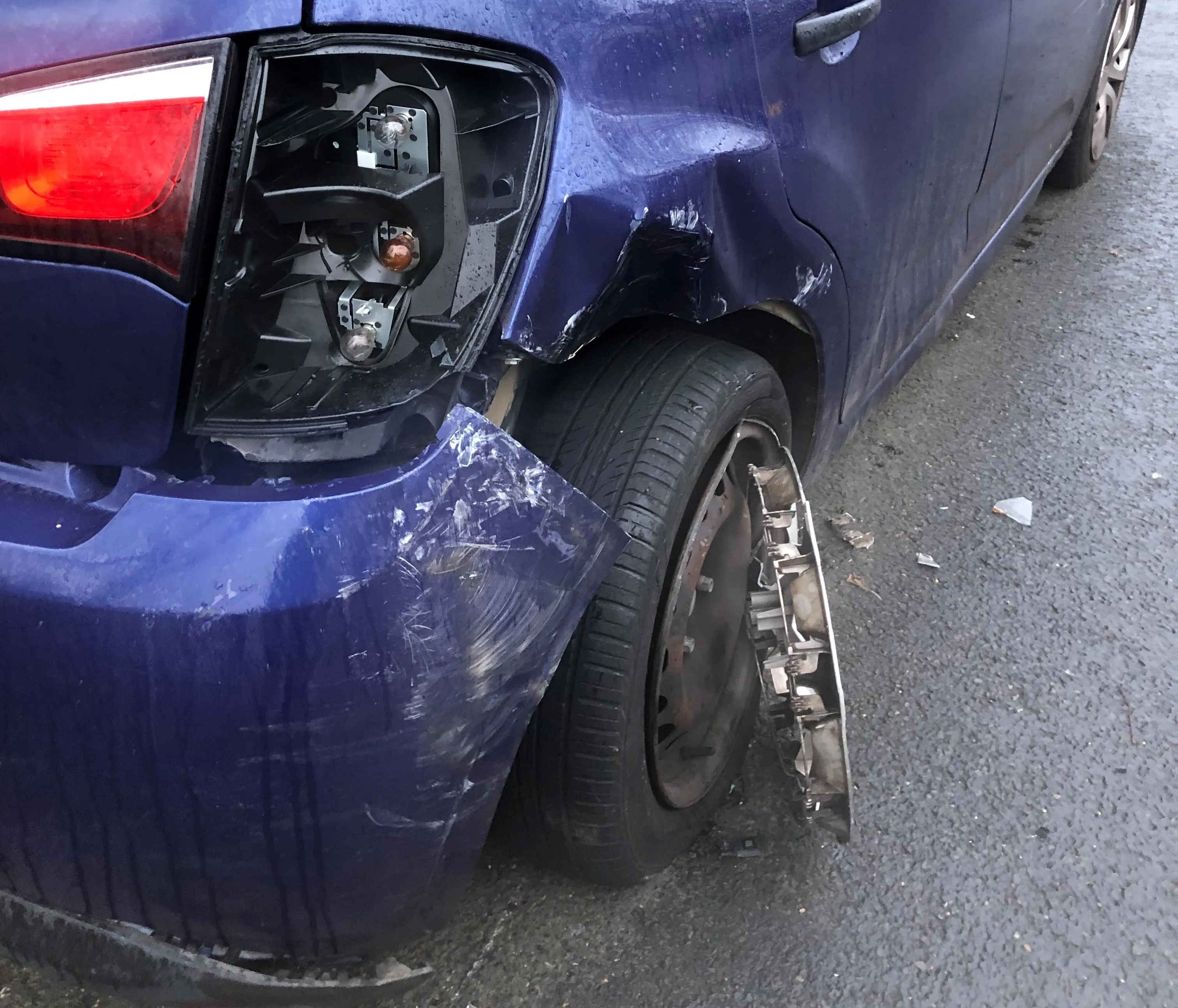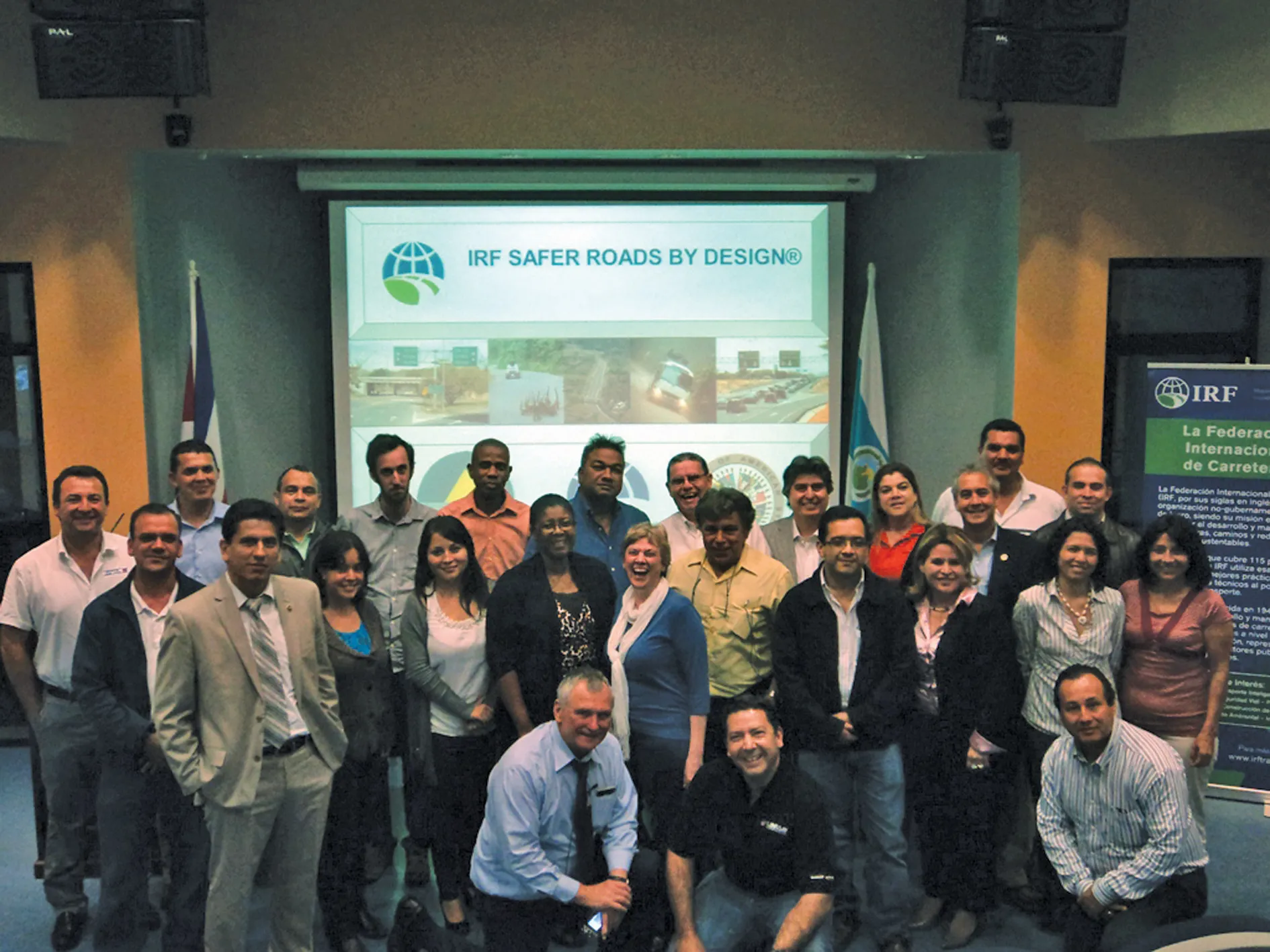The New Zealand Government is setting out plans to try to boost road safety during 2018. This follows a disappointing safety record on the country’s roads in 2017. There were 380 people killed on New Zealand’s road network during 2017, the highest figure since 2009. In a bid to boost safety, the New Zealand Government has set a budget of US$16.5 million (NZ$22.5 million) to tackle safety issues on the stretches of rural roads identified as having the highest risk to users.
January 10, 2018
Read time: 1 min
The New Zealand Government is setting out plans to try to boost road safety during 2018. This follows a disappointing safety record on the country’s roads in 2017. There were 380 people killed on New Zealand’s road network during 2017, the highest figure since 2009. In a bid to boost safety, the New Zealand Government has set a budget of US$16.5 million (NZ$22.5 million) to tackle safety issues on the stretches of rural roads identified as having the highest risk to users.







